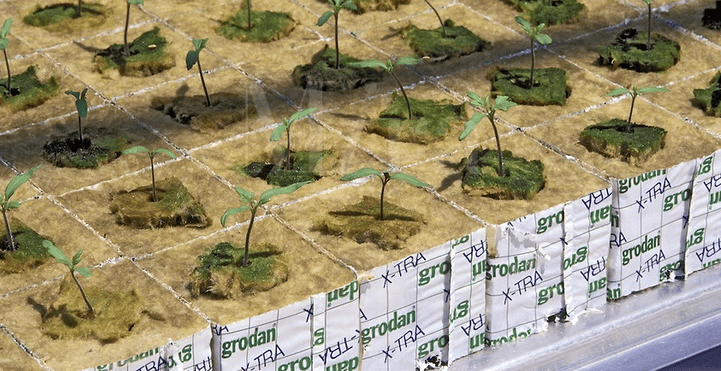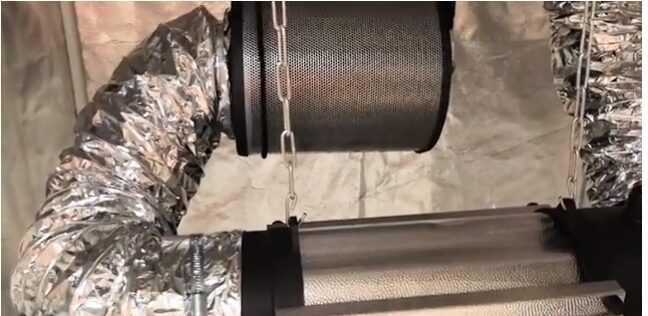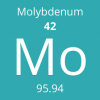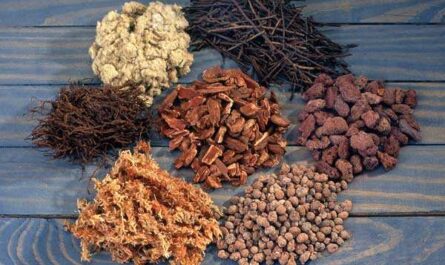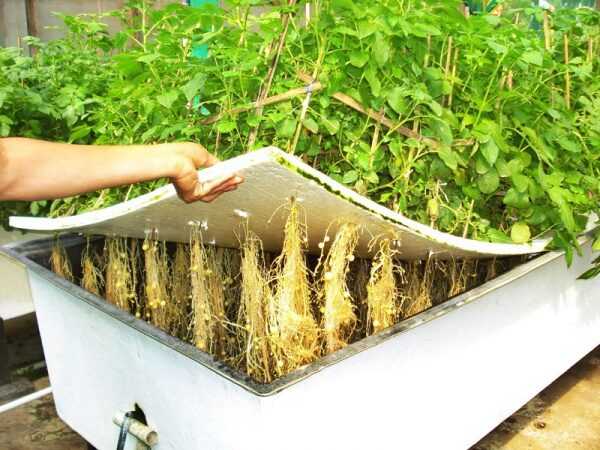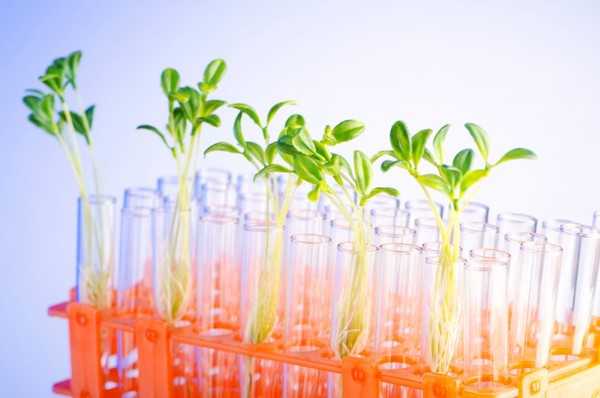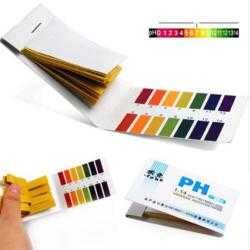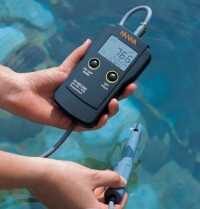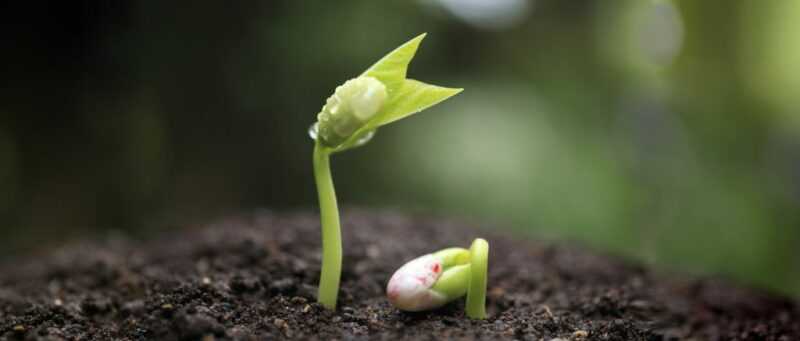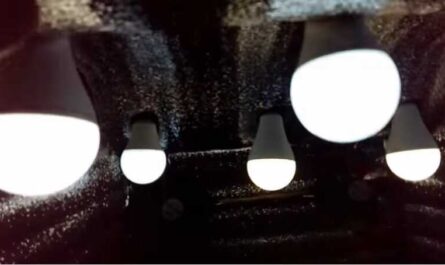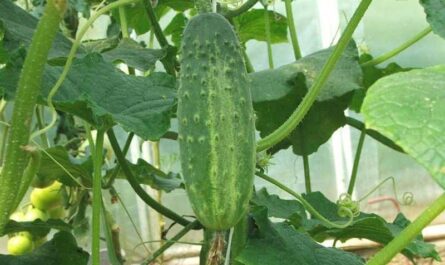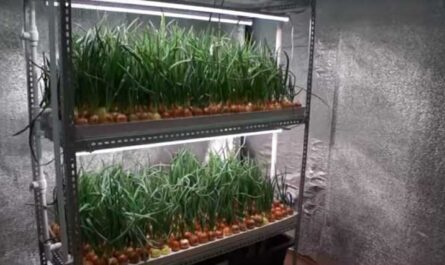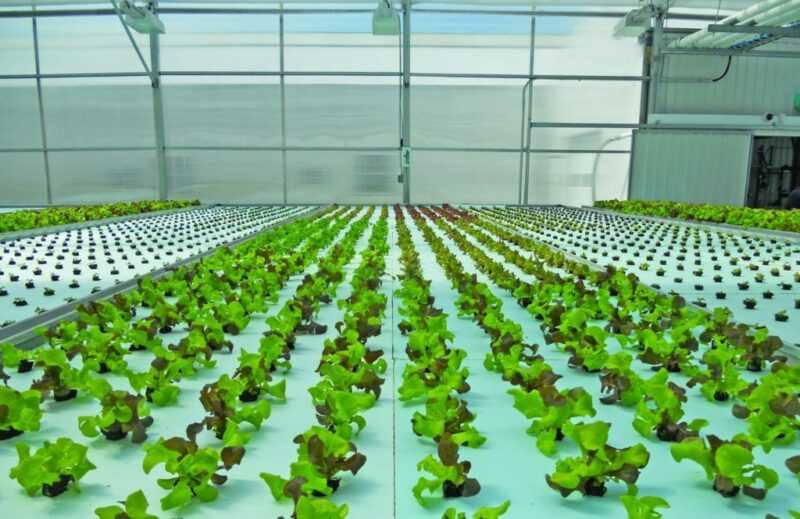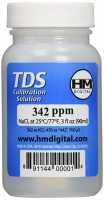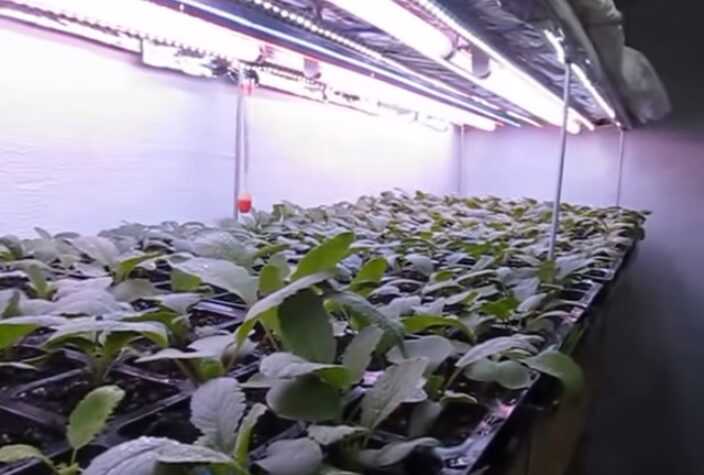Magnesium (Mg symbol) is a macronutrient that is involved in several different plant processes, including photosynthesis. Along with calcium and sulfur, magnesium is one of the three secondary nutrients required for normal healthy growth. Macronutrients are categorized as primary and secondary nutrients based on their amount, not the importance of the nutrient. A lack of a secondary substance is just as harmful to plant growth as a lack of any of the three primary nutrients (nitrogen, phosphorus, and potassium) or a micronutrient deficiency (iron, manganese, boron, zinc, copper and molybdenum). In some plants, the concentration of magnesium in the tissues is comparable to the concentration of phosphorus.
Magnesium functions
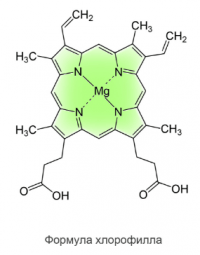
Magnesium deficiency
Without enough magnesium, chlorophyll in old leaves begins to degrade. This causes the main symptom of magnesium deficiency – chlorosis or yellowing between the veins of the plant, while the veins remain green, giving the leaves a marbled appearance.
Due to the mobile nature of magnesium, plants will first break down chlorophyll in older leaves and transport magnesium to younger leaves, which have a greater need for photosynthesis. Thus, the first sign of magnesium deficiency is chlorosis of old leaves, which progresses to young leaves as the deficiency continues. In a progressive form, magnesium deficiency may outwardly resemble potassium deficiency. In the case of magnesium deficiency, symptoms usually begin with chlorotic spots developing in the inter-vein tissue. The interveinal tissue tends to expand more than other leaf tissues, forming a raised, wrinkled surface, with the top of the wrinkles gradually transitioning from chlorotic to necrotic tissue. In plants such as tomatoes and beans, the leaves eventually turn brown and die.
Magnesium deficiency can easily occur with both soil and hydroponic cultivation. Deficiency mainly occurs when there is an imbalance between other essential elements, especially potassium, calcium, and nitrogen, as magnesium is the least competitive cation of the three.

Magnesium deficiency symptoms can be confused with nitrogen and iron deficiency. In the case of nitrogen deficiency, the entire leaf turns uniformly yellow and the veins do not remain green. Iron deficiency also shows interveinal chlorosis, but unlike magnesium, it starts on young leaves.
Examples of symptoms of magnesium deficiency
From left to right: magnesium deficiency in tomato, corn, cotton, grapes, wheat.
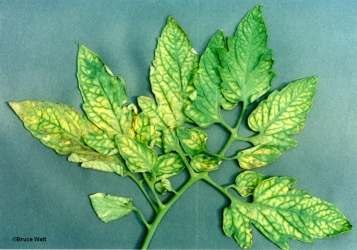
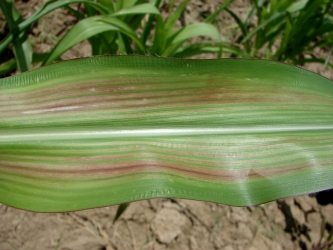

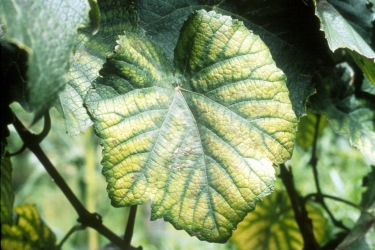
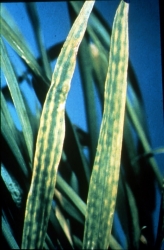
Elimination methods
Deficiency can be prevented with dolomite (mixed magnesium-calcium carbonate), magnesite (magnesium oxide), or Epsom salt (magnesium sulfate). The quickest solution to the problem is to spray the leaves with brown or other algae.
Excess magnesium
Magnesium toxicity is rare. High levels of magnesium can compete with plant absorption of calcium or potassium and can cause deficiencies in plant tissue.
Magnesium Sources

Sources of
- Practical Hydroponics & Greenhouses . December . 2016.
- IPNI Crop Nutrient Deficiency Image Collection.



